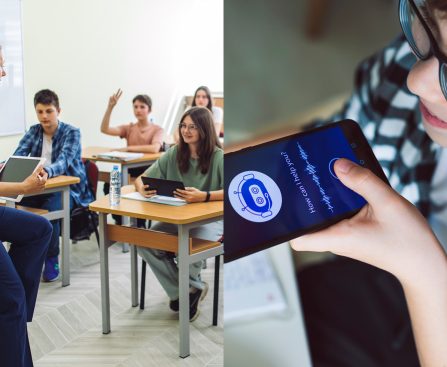MacBook Pro stands as Apple’s premier laptop, offered in 14-inch and 16-inch variants with a wide range of configurations available. These devices are designed for tasks including video editing, motion graphics creation, animation, music production, and software development, but the MacBook Pro is also appealing for professionals across any field requiring a laptop. With Apple targeting the working professional demographic, the MacBook Pro commands a relatively high price. The base 14-inch variant, featuring Apple’s latest M5 chip, begins at $1,599. The base 16-inch model, equipped with an M4 Pro chip, starts at $2,499.
Identifying a competent alternative to the MacBook Pro necessitates some careful consideration, as the market is saturated with budget-friendly laptop choices. A gently priced laptop is unlikely to fulfill the premium standards expected by a MacBook Pro buyer. Furthermore, even mid-tier laptops are generally not outfitted with hardware capable of rivaling a MacBook Pro. Nevertheless, viable alternatives do exist. Manufacturers such as Dell, Samsung, Microsoft, Lenovo, Asus, and even Apple itself produce robust, sleek, and attractively designed laptops that can rival the MacBook Pro. Several of these options are available at more affordable starting prices, so let’s examine a few that merit consideration.










